On June 18, 2025, a unique art therapy session for preschoolers titled “Breath Rhythms and Colors of Nature” took place, offering gentle psychological support to children through an intuitive and creative approach. The event was held within the framework of the international large-scale EU-funded Erasmus+ KA220-ADU project “TRUST” – Trauma of refugees in Europe: An approach through art therapy as a solidarity program for Ukraine war victims (Grant No. 2024-BE01-KA220-ADU-000257527).
The project title is decoded as follows:
TRUST
T – Trauma
R – Refugees
U – Ukraine
S – Solidarity
T – Therapy
The project is co-funded by the EU and led by the Centre Neuro Psychiatrique St-Martin from Belgium, in partnership with the National University “Yuri Kondratyuk Poltava Polytechnic” (Ukraine), Greek Carers Network EPIONI (Greece), Fondazione Don Luigi Di Liegro (Italy), Lekama Foundation (Luxembourg), EuroPlural Project (Portugal).
The primary goal of this session was to create a safe and supportive space where children could offload emotional tension, learn to better understand and express their feelings through creativity, and find inner calm by synchronizing breathing with drawing. The session aimed to provide children with a nonverbal way to express their inner world, reduce anxiety and stress levels, and develop self-regulation skills –particularly through mindful breathing integrated into the art process.
The session was facilitated by Olena Ostrohliad, Senior Lecturer at the Department of Fine Arts, and Viktoriia Shevchuk, PhD in Psychology, Associate Professor at the Department of Psychology and Pedagogy.
Special attention was given to stimulating imagination and creativity: children were encouraged to freely explore color and shape without fear of making mistakes or being judged. This freedom nurtured a sense of safety and control over their own creative process – particularly important for children who have experienced a loss of stability or control in their lives. The friendly and trustful atmosphere fostered group interaction, allowing children to share emotions and materials and slowly rebuild trust in themselves and others.
The session was thoughtfully structured to ensure maximum therapeutic benefit, taking into account the children’s age and potential traumatic experiences. It began with a gentle warm-up and playful introduction to create a relaxed and engaging environment. Each child received paper and colored pencils.
First, children imagined themselves on a vast meadow, closing their eyes to listen to gentle wind and rustling leaves. They were guided to draw sweeping strokes representing the wind's movement, each on an exhale – encouraging relaxation and focus. Most children chose light colors like blue, yellow, and grey to create airy, flowing lines.
Next, the facilitator narrated how the wind brought clouds and rain. Children drew quick, short strokes to mimic raindrops – again, on the exhale. This stage involved darker tones like blue, grey, and violet, allowing children to externalize and release pent-up emotions. The act of “drawing rain that washes everything away” provided a sense of catharsis.
After the “rain”, children transitioned to drawing grass – vertical, upward strokes symbolizing growth, hope, and renewal. Shades of green were used to represent life and recovery. Movements became more rhythmic and calmer, reinforcing the sense of resilience and inner restoration.
To conclude, children added butterflies to their drawings, using bright, saturated colors. These symbols of beauty, transformation, and joy helped wrap up the session on a positive note, fostering a sense of happiness and completeness.
The outcomes of the art therapy session were remarkable. Children who were initially tense or withdrawn gradually opened up. Those who seemed overwhelmed appeared noticeably calmer and more at ease by the end. The process of expressing emotions through wind and rain drawings, followed by joyful images of nature, helped them move through a symbolic emotional cycle. Synchronizing drawing with breathing allowed children to better connect with their bodies and emotional states – many began to breathe more evenly and deeply. Each drawing was unique, reflecting the individuality of each child. They joyfully experimented with colors and shapes, expressing their imagination freely in a nonjudgmental environment. Despite the individual nature of the task, children observed each other’s work, shared materials, and exchanged feelings – fostering a sense of group cohesion.
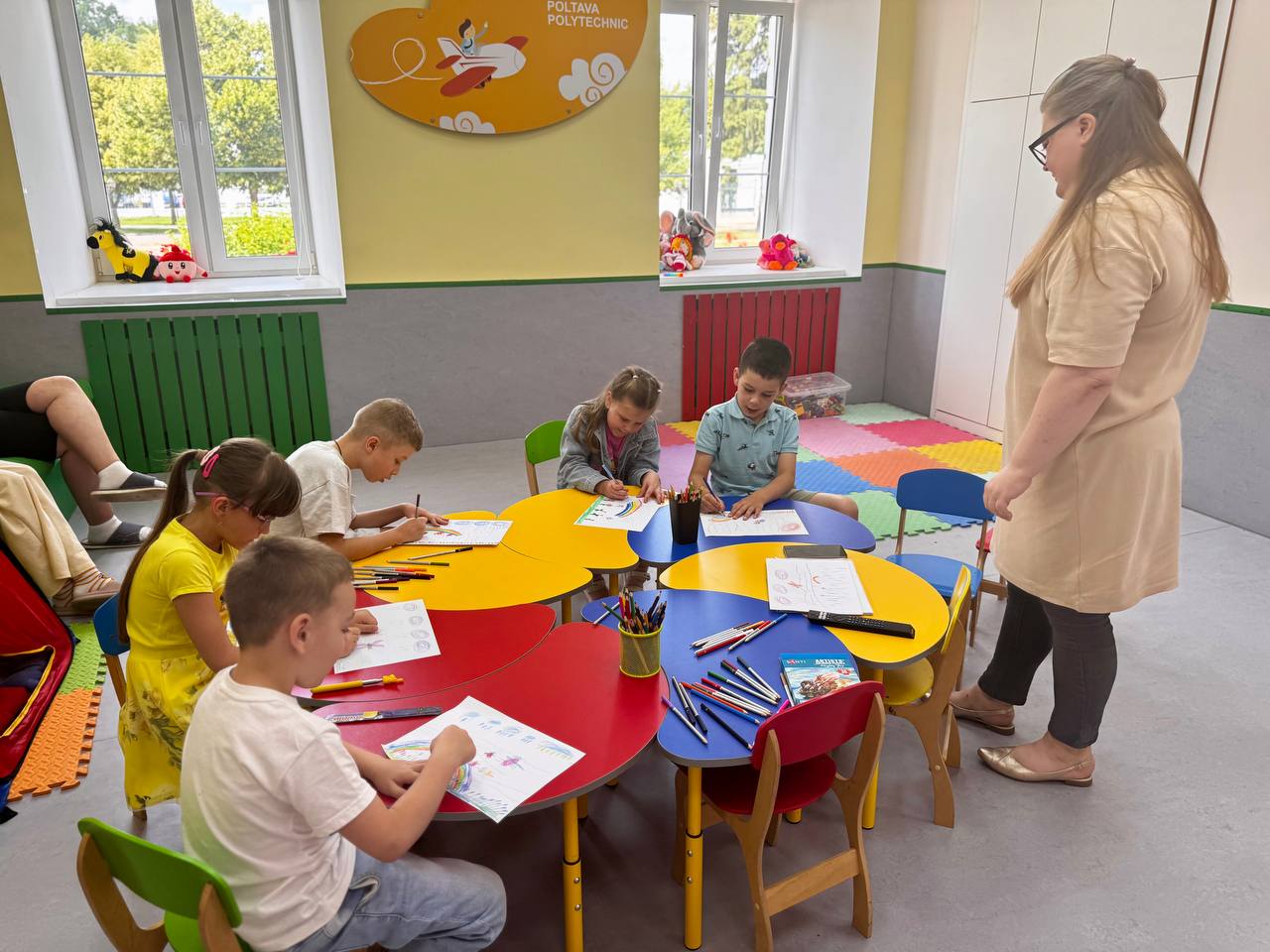

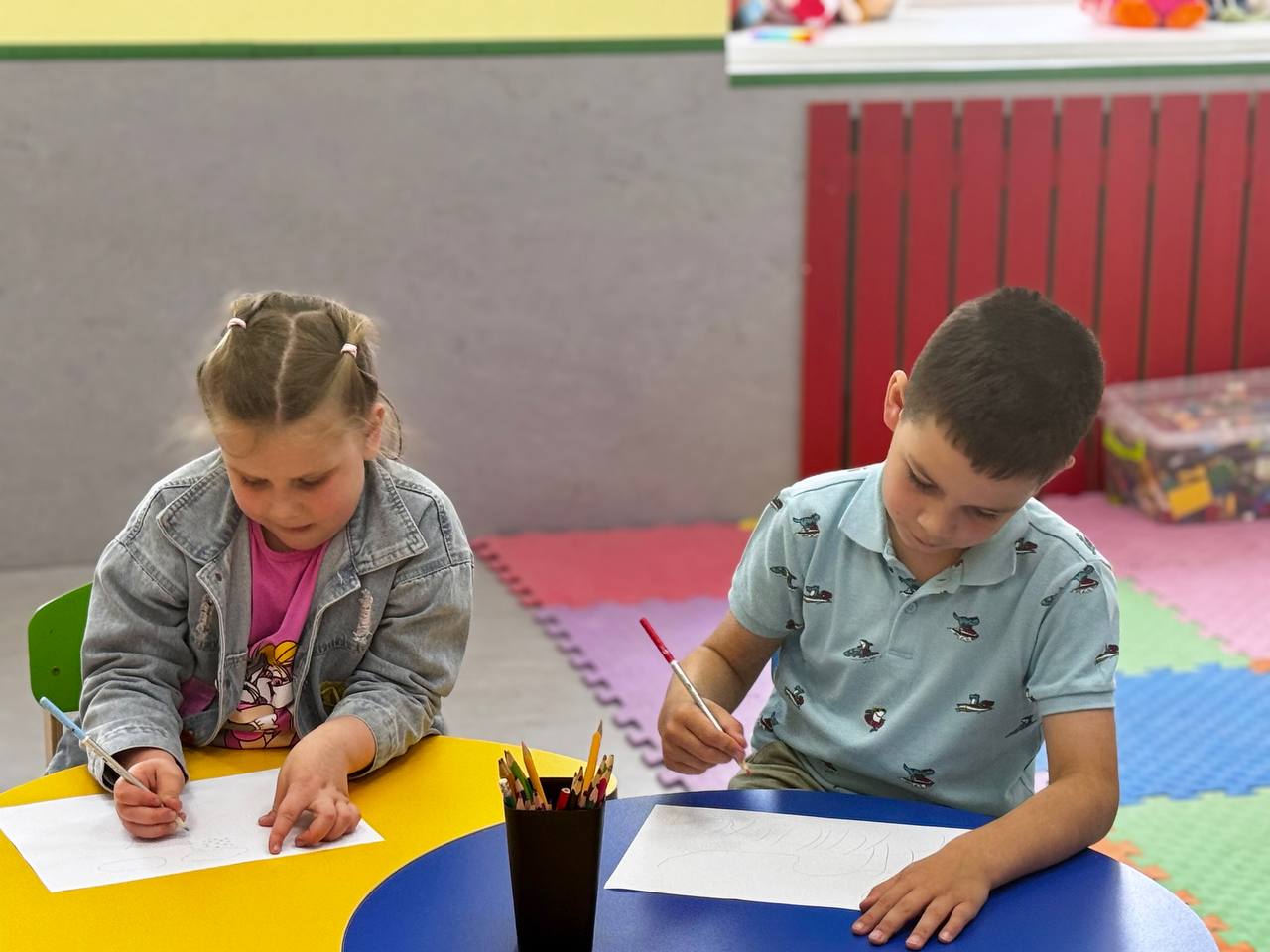
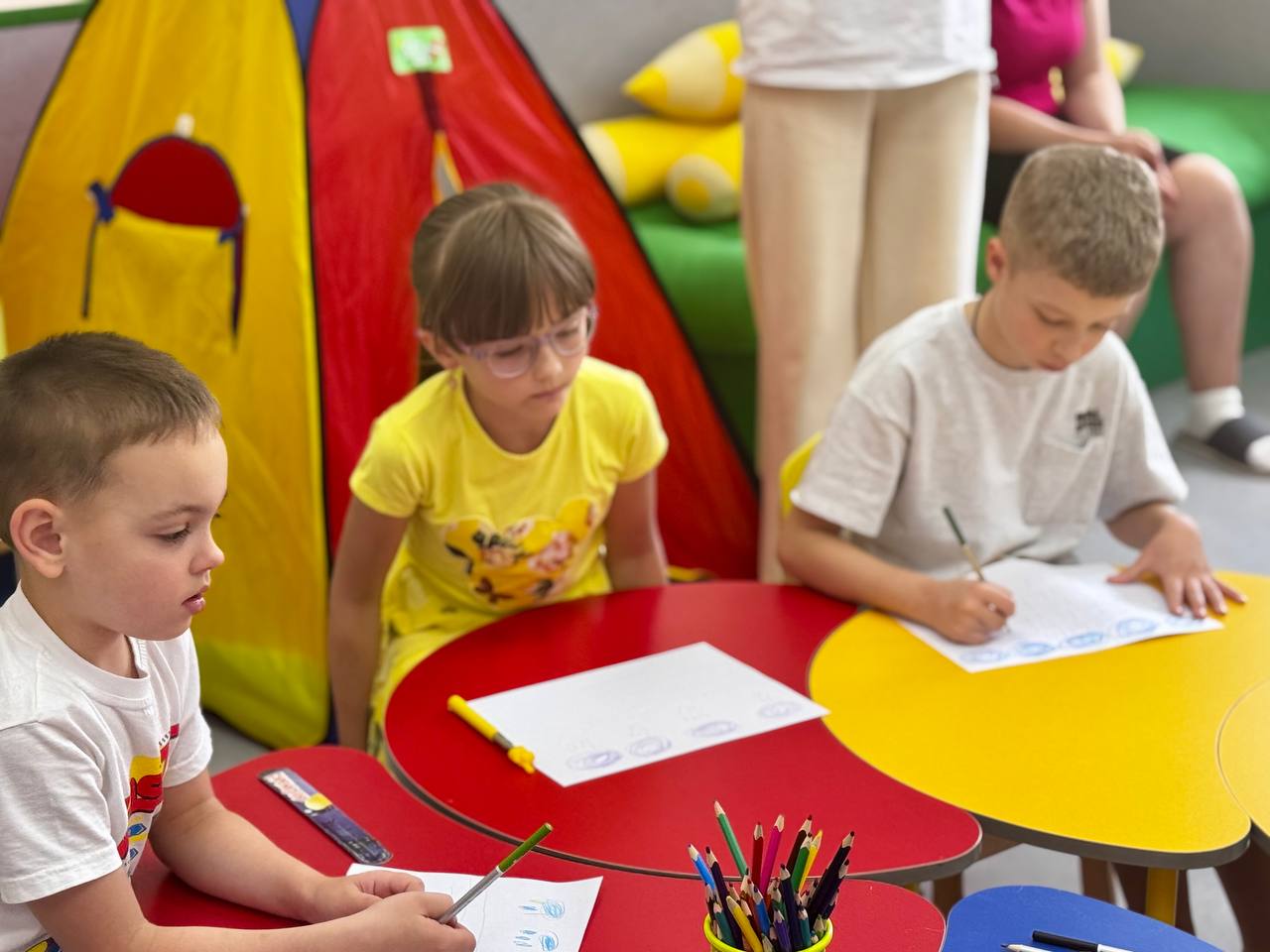
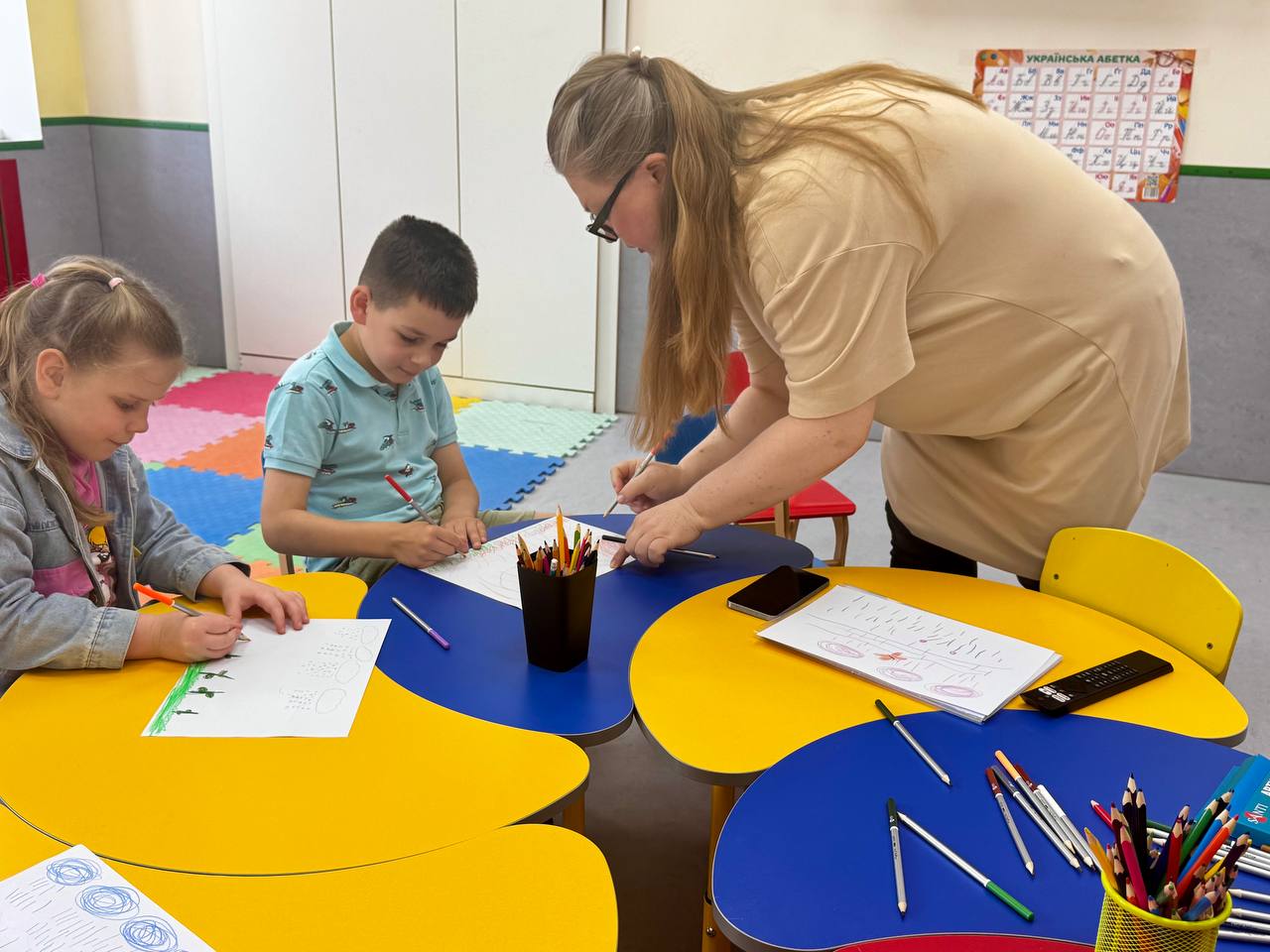
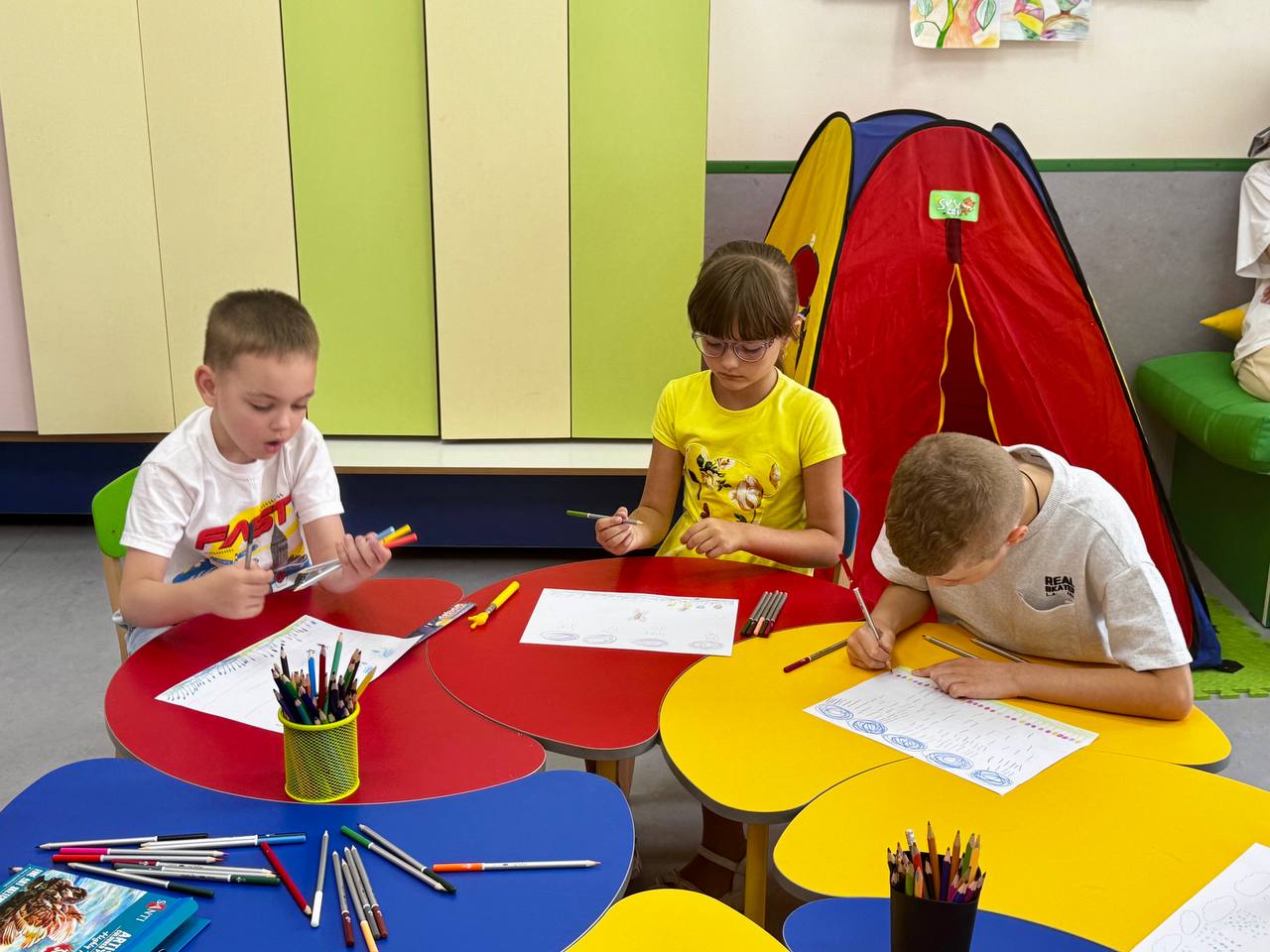

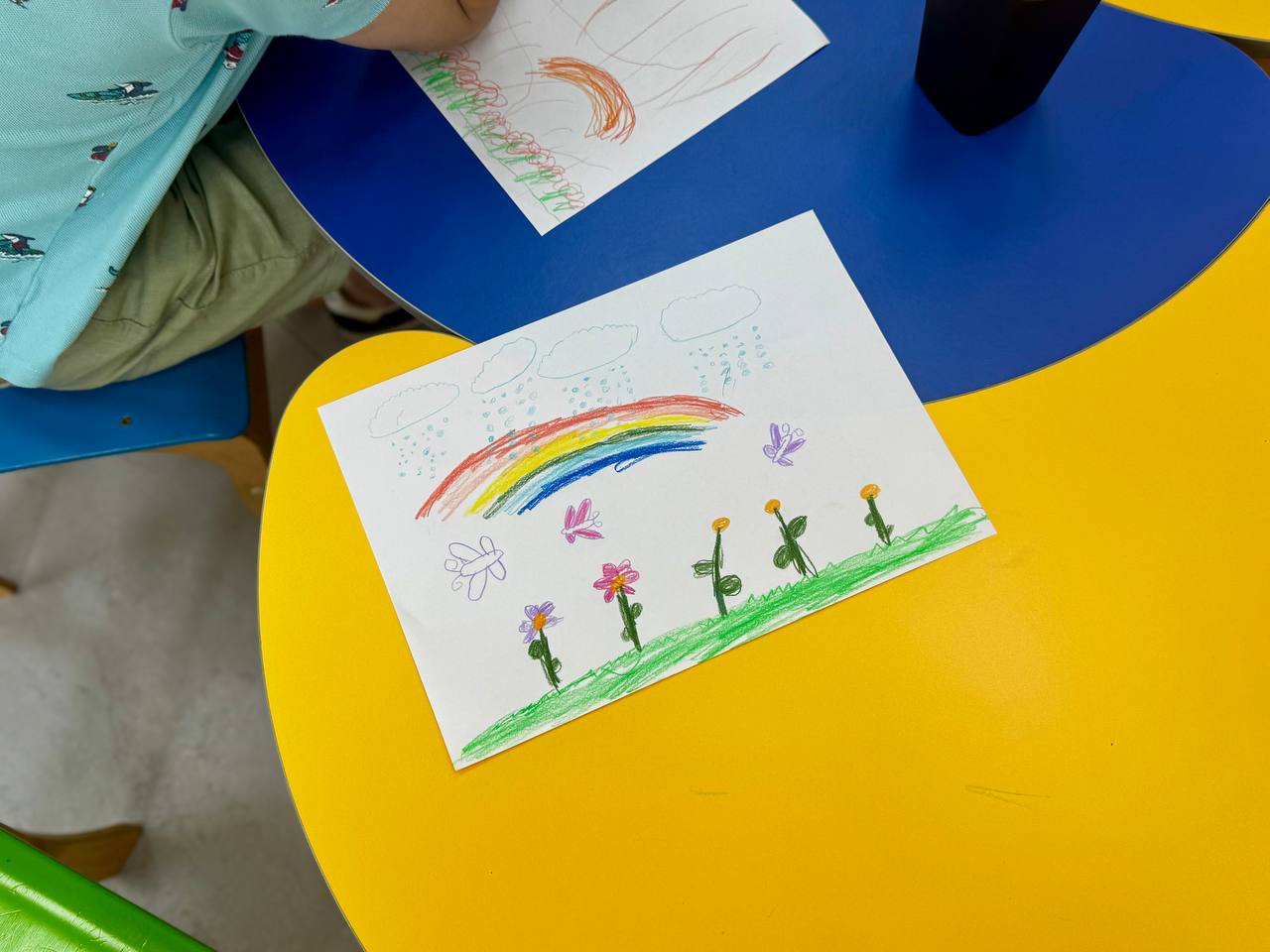
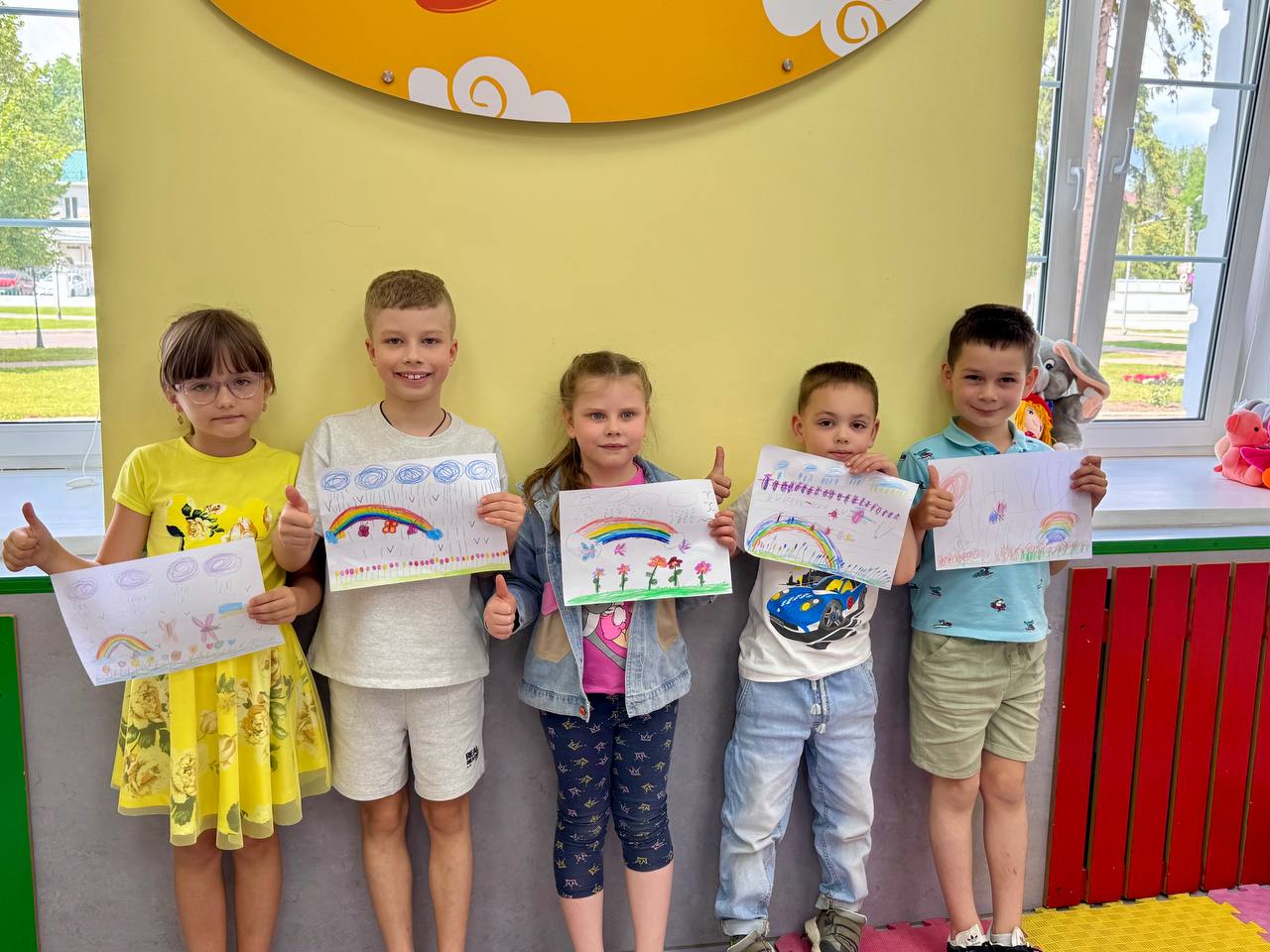
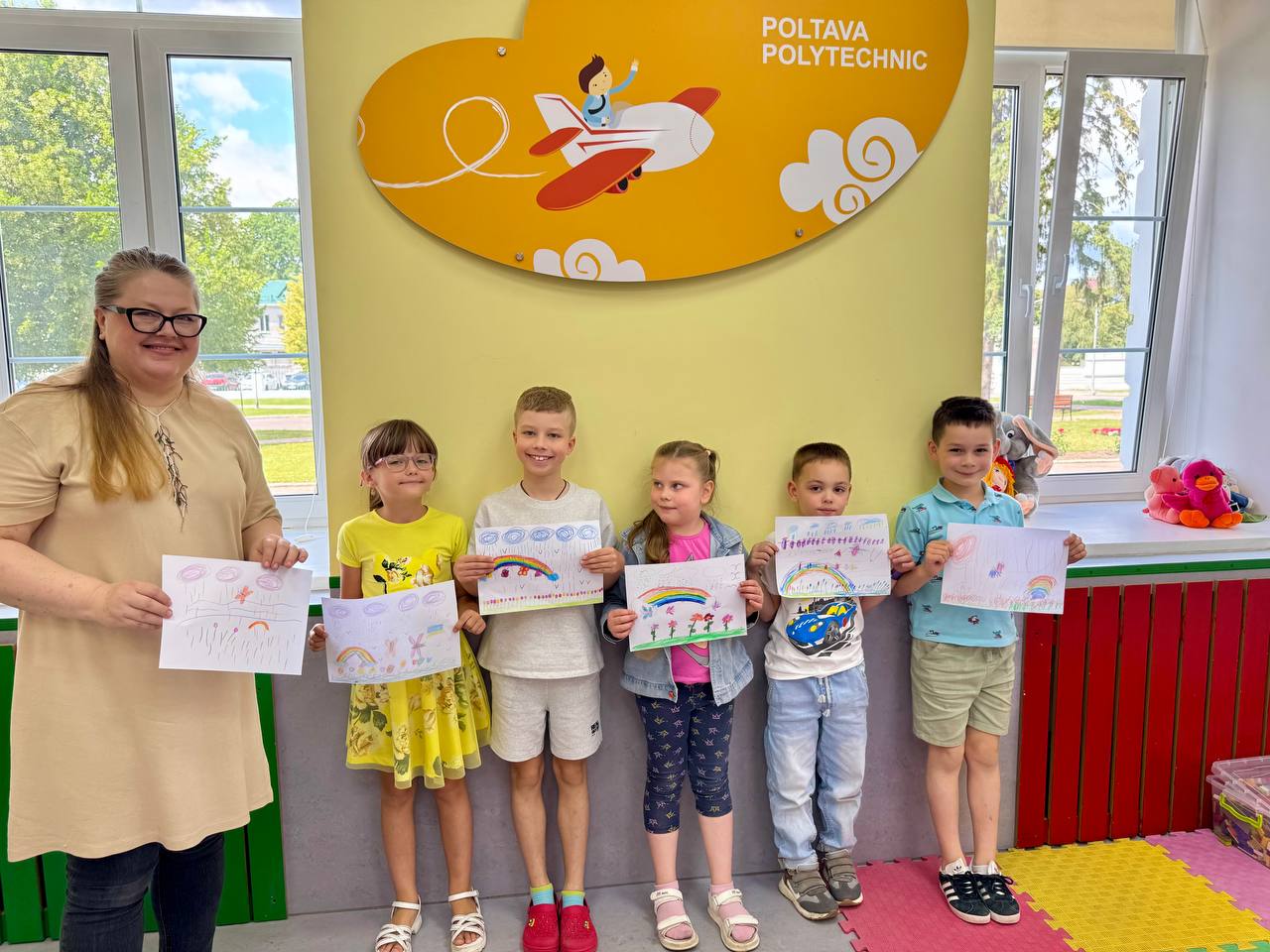
This session once again confirmed the effectiveness of art therapy in working with preschool-aged children, especially those in need of psychological support.
As part of this project, a series of psychotherapy activities have already been conducted, which have had a visibly positive effect on the mental health of participants who have experienced the loss of home, separation from loved ones, prolonged stress, and anxiety. Art therapy has helped reduce emotional tension, taught participants to recognise and safely express their emotions, and enabled them to reconnect with themselves and the world.
The previous sessions included symbolic activities such as designing personal coats of arms to represent inner values, sources of strength and hope; associative drawing exercises; the “Relationships” activity aimed at reflecting on personal connections with loved ones, community, and country; discussions around “What does mental health mean to me?”; neurographic drawing; and immersion in body-oriented therapy where movement, dance, and physical expression become key tools for emotional release and recovery, worked with metaphorical associative cards, practiced associative reflection of thoughts on paper and explored the symbolism of the elements of nature and their direct impact on the human psyche and emotional state, plunged into music and daram therapy and took part in a unique art therapy session on neurography titled “My Tree of Life”, worked with metaphorical cards and the Nossrat Pezeshkian psychotherapeutic model, сreated drawings depicting a personal “Tree of Power”, did the art therapy exercise “My superpower”, were given tools for deeper self-understanding by transforming pain into art, and art into a path to healing; helped children recognise and understand their emotions, learn self-soothing techniques, and restore their emotional resilience, helped adult IDPs gain a deep understanding of their emotions, release internal tension, and harmonise their psycho-emotional state.
Media Centre of
National University “Yuri Kondratyuk Poltava Polytechnic”



